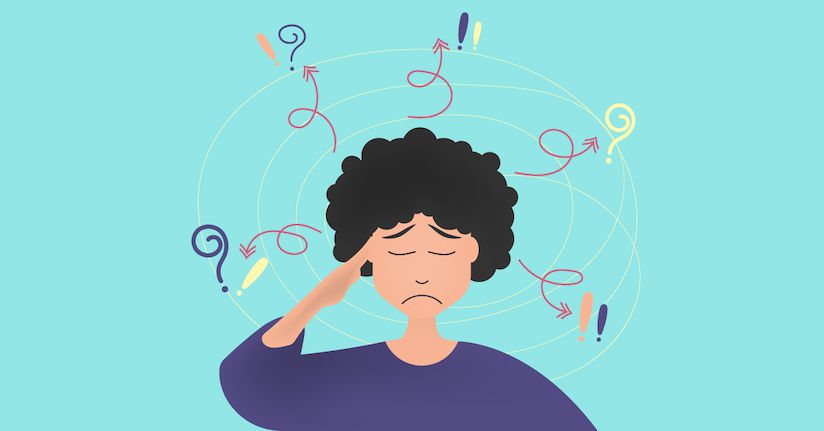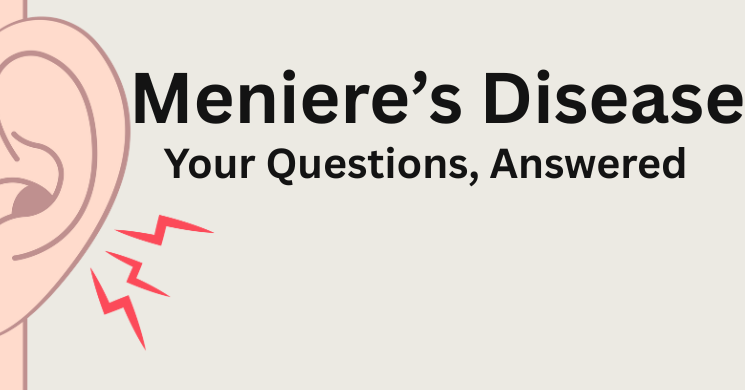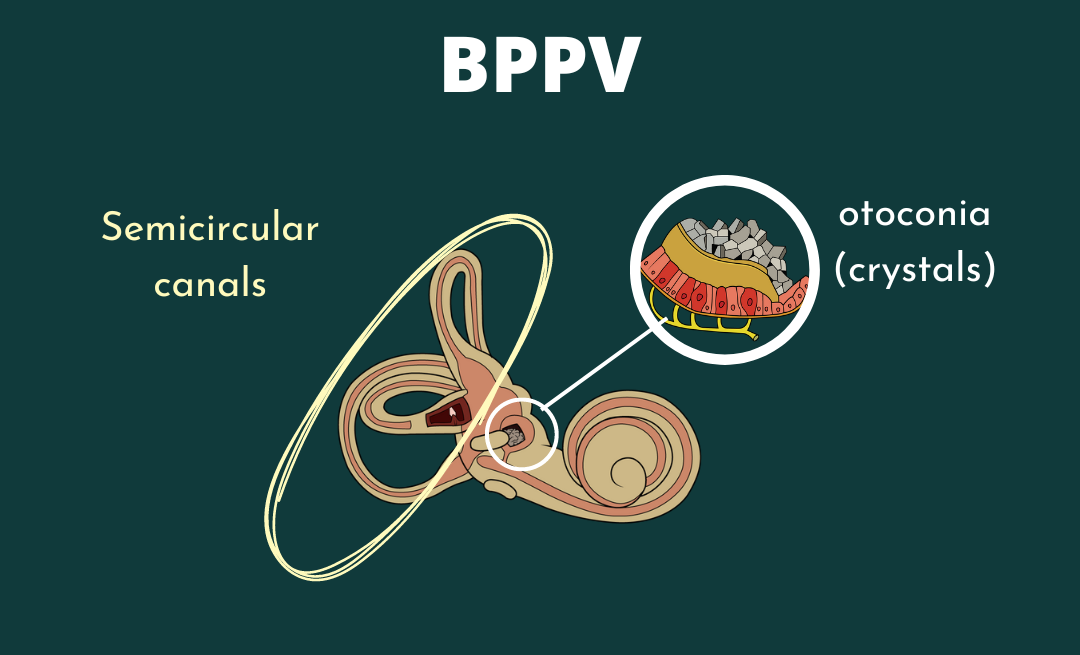Your shopping bag is currently empty
Let’s find your new favorite things!
What is Persistent Postural Perceptual Dizziness (PPPD)?
In general, Persistent Postural Perceptual Dizziness (3PD or PPPD) is a condition resulting in long term dizziness that fluctuates in severity after an initial event or vestibular condition. Let’s break down the diagnostic criteria to better understand what 3PD and if this is something to seek out treatment for.
PPPD Diagnostic Criteria
Here’s the check list your provider is looking at to determine if 3PD is the correct diagnosis and to then proceed with the most up to date treatment for this condition.All five criteria must be met for a PPPD diagnosis so let’s take a look:
-
One or more symptoms of dizziness, unsteadiness, or non-spinning vertigo are present on most days for 3 months or more.
-
a. Symptoms last for prolonged (hours-long) periods of time, but may wax and wane in severity.
-
b. Symptoms need not be present continuously throughout the entire day
Translation: The dizziness does not have a spinning component and has lasted longer than 3 months. The dizziness or unsteadiness can vary in severity and get better or worse over hours or days, but is present a majority of the time.
-
Persistent symptoms occur without specific provocation, but are exacerbated by three factors:
-
a. Upright posture,
-
b. Active or passive motion without regard to direction or position, and
-
c. Exposure to moving visual stimuli or complex visual patterns.
Translation: Upright positions like sitting or standing feel worse than lying down. Both active motion (walking, bike, jogging) and passive motion (riding in a car or being pushed in a wheelchair) can both be aggravating no matter the position or direction you are in during the movement. And finally, busy environments or patterns can make symptoms worse (ex: busy crowds, walking by fences, changing sunlight from bright to shadows).
-
The disorder is precipitated by conditions that cause vertigo, unsteadiness, dizziness, or problems with balance including acute, episodic, or chronic vestibular syndromes, other neurologic or medical illnesses, or psychological distress.
-
a. When the precipitant is an acute or episodic condition, symptoms settle into the pattern of criterion 1 as the precipitant resolves, but they may occur intermittently at first, and then consolidate into a persistent course.
-
b. When the precipitant is a chronic syndrome, symptoms may develop slowly at first and worsen gradually.
-
Symptoms cause significant distress or functional impairment.
-
Symptoms are not better accounted for by another disease or disorder. 1
Can You Treat PPPD?
Yes yes yes!Personally, we have found high PPPD treatment success when we stick to the four general steps to treating PPPD:
- Find the underlying cause
- Treat the anxiety
- Initiate Vestibular Rehabilitation Therapy
- Reduce safety behaviors (return back to daily life)
Want to Learn More About Treating PPPD?
If you’re interested in learning more about the specific factors address in VRT to reduce PPPD symptoms, reach out to a vestibular therapist or consider joining our vestibular community that includes dozens of premium content modules of information and resources and a great community to support you! Click here for the Free Treating PPPD Masterclass Disclaimer: Remember: this post is for informational purposes only and may not be the best fit for you and your personal situation. It shall not be construed as medical advice. The information and education provided here is not intended or implied to supplement or replace professional medical treatment, advice, and/or diagnosis. Always check with your own physician or medical professional before trying or implementing any information read here. Resources- Staab JP, Eckhardt-Henn A, Horii A, Jacob R, Strupp M, Brandt T, Bronstein A. Diagnostic criteria for persistent postural-perceptual dizziness (PPPD): Consensus document of the committee for the Classification of Vestibular Disorders of the Bárány Society. J Vestib Res. 2017;27(4):191-208. doi: 10.3233/VES170622. PMID: 29036855; PMCID: PMC9249299.
- Probs t T, Dinkel A, SchmidMühlbauer G, Radz iej K, L imburg K, Pieh C, Lahmann C. Psychological di s tres s longitudinal ly mediates the effect of vertigo symptoms on vertigo-related handicap. J Psychosom Res . 2017 Feb;93:62- 68. doi : 10.1016/ j . jpsychores .2016.11.013. Epub 2016 Nov 30. PMID: 28107895.
- Chiarel la, Giuseppe & Petrolo, C. & Riccel l i , Roberta & Giofrè, L . & Ol ivadese, G. & Gioacchini , F .M. & Scarpa, Alfonso & Cas sandro, E ttore & Pas samonti , Luca. (2016) . Chronic subjective di z z ines s : Analys i s of underlying per sonal ity factor s . Journal of Ves tibular Research. 26. 403- 408. 10.3233/VES-160590.






